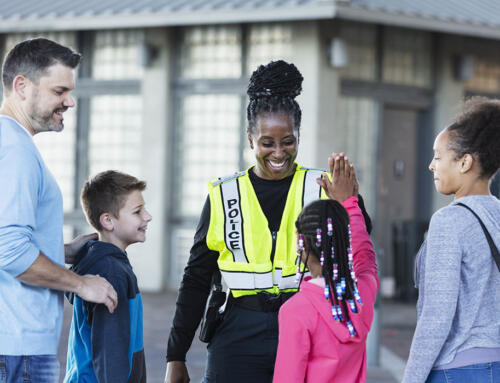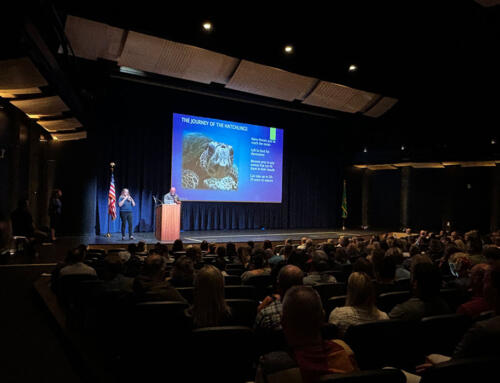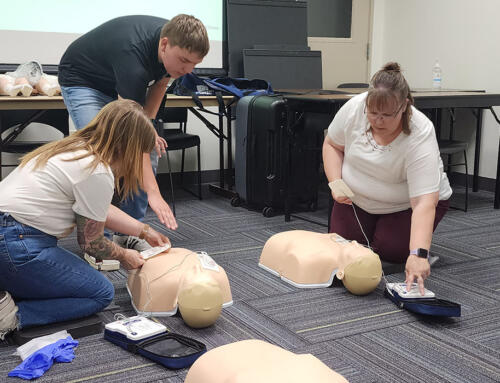The purpose of safety and health inspections is to identify and correct unsafe conditions and work practices before an injury occurs. Identifying unsafe conditions relates to the physical environment hazards that may be present in the school while unsafe work practices address human behavior which can be influenced through effective training. Follow these steps:
- Conduct the self-inspection. This could be a complete school inspection or a limited inspection that focuses on specific areas (such as vocational shops, outside areas, kitchens, etc.). The most thorough means for performing a self-inspection is to use a checklist. There are many sample school safety checklists available. Contact an ESD 112 Loss Control Specialist if you would like a sample checklist.
- Involve your district’s safety committee. Schedule a pre-inspection meeting and invite workplace safety representatives as well as other managers and supervisors to get their perspective on the worksite’s safety issues.
- Look for easily observable hazards first, such as:
- Tripping hazards
- Blocked exits
- Frayed/exposed electrical wires
- Missing machine guards
- Poor housekeeping
- Poorly maintained equipment
- During the inspection, talk to employees at their workstations. They’re the ones likely to know the most about the hazards. Encourage conversation by asking open-ended questions such as, “What’s the most hazardous task in your job? What makes it hazardous?” and “If you’ve been injured, what was the injury and how did it happen?” Another important part of an inspection is observing workers as they perform their job. Do they lift heavy objects? Do they stand/sit in awkward postures? Are they performing repetitive motions? If so, take notes and photos. Try to find solutions for hazards while you are conducting the inspection by applying your own creativity and inspiring the creativity of workers.
- Soon after the inspection, prepare an abatement plan containing a list of the hazards found, corrective actions needed, who is responsible for the corrective measures and a timeline for implementation. Share the abatement plan with managers, supervisors and workers, and track progress by sharing or posting periodic updates to the plan.
- Correct identified hazards in a timely manner. If the item poses an immediate threat of injury, then it should be corrected immediately. Submit any work orders required to “fix” the problem, and indicate it is a “safety inspection item.”
- Monitor to make sure the identified safety item is corrected.
- Keep a copy of all completed inspections, including a list of the safety concerns identified, and a description of the actions taken to correct the problem.
Begin a program of self-inspection in your own workplace. Self-inspection is essential if you are to know where probable hazards exist and whether they are under control.





 ESD 112 equalizes educational opportunities for learning communities through innovative partnerships, responsive leadership, and exceptional programs.
ESD 112 equalizes educational opportunities for learning communities through innovative partnerships, responsive leadership, and exceptional programs.